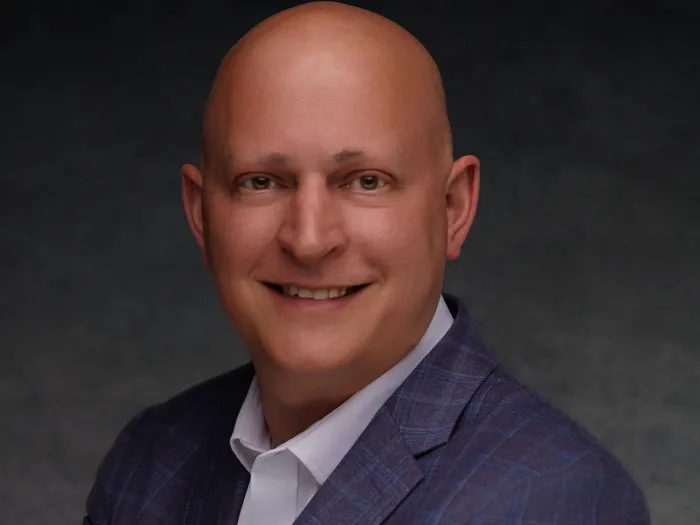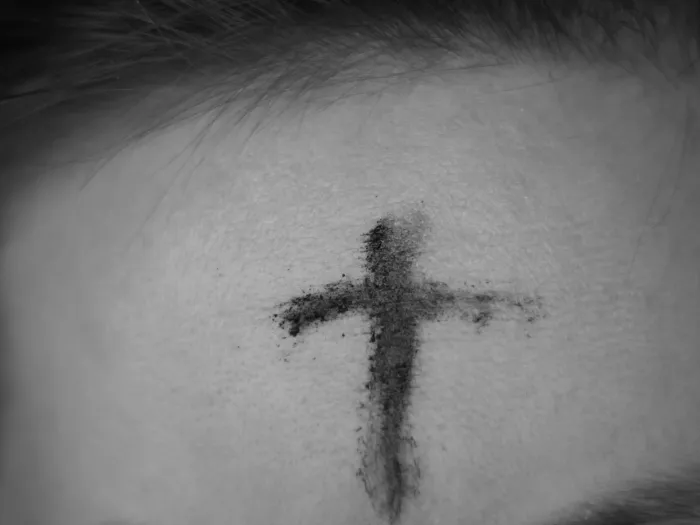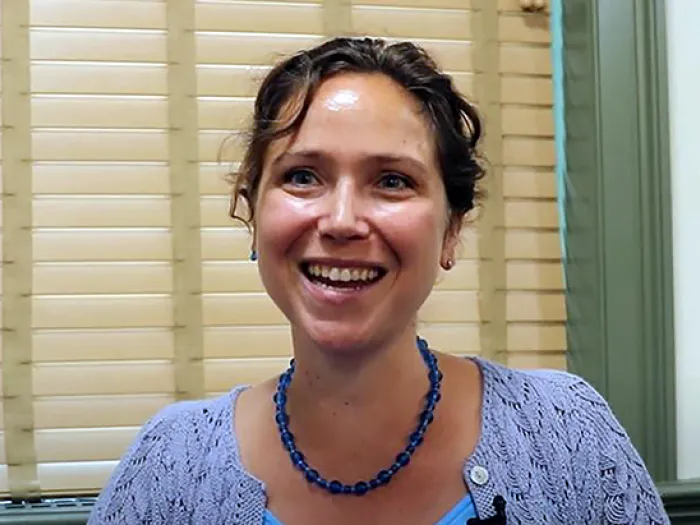New video series on ‘Copyrights in Worship’ now available
PC(USA) staff address respecting creators when honoring our Creator


“Our use of language, symbols and cultural forms in Christian worship is founded on the gift of Jesus’ incarnation,” said the Rev. Dr. David Gambrell, quoting the Book of Order (W-1.0301), in his opening for a video addressing copyright issues in worship. The same passage in the Book of Order later states, “Through Jesus Christ, we may speak truthfully to God and lift up our hearts with gratitude.” The video, ">“Copyrights in Worship: Words,” is the second in a series of six short videos produced by the Presbyterian Church (U.S.A.) through a collaboration between its Office of Theology & Worship, legal staff and Communications team.
Through his presentation addressing the use of Scripture, preaching, liturgy, hymn texts and other literary works, Gambrell, who is the PC(USA)’s associate for Worship, suggests that respecting copyrights is one of the ways we speak truthfully and with gratitude in worship.
The ">first video in the series, presented by PC(USA) staff attorney Emily Hord, gives an overview of copyrights and why they are necessary, what works are protected, how long they are protected, how to seek permissions and what can happen when copyrights are infringed upon. The video touches on how, for people of faith, respecting copyrights is to love God and neighbor and honoring that “the creation of an original work requires a great deal of time and effort.”
Hord also produced the third video in the series, “ ">Copyrights in Worship: Images and Videos in Worship,” in which she discusses copyrights invoked from the moment “the paintbrush touches the canvas” to terms of the use of YouTube videos. Images of fine art used in Visio Divina enhance contemporary worship, and pop culture video clips lift up a good sermon illustration. Copyrights protect creators, including the artist who paints the image, the photographer who captures it and the videographer who transforms it into a moving image. Hord’s presentation is a good introduction on how to honor visual artists when leading worship in person or streaming it online.
Also included with the series is a downloadable list of resources to consider when searching for creative works in the public domain or seeking permission from a copyright holder.
The last three videos in the series are dedicated entirely to issues surrounding copyrights for music used in worship. ">Rights for the use of music are separated into several categories, including permissions to reprint, stream and record tracks for practice of performance, says Phillip Morgan, the PC(USA)’s associate for Music. In three short videos designed around four primary frequently asked questions, Morgan takes on the most common confusions and pitfalls for worship leaders of music, including ">what to do when the AI bot behind Facebook and YouTube mistakes you for a famous performer. Do not lose heart; even AI bots will hear your petitions. According to Morgan, when it comes to misidentifying copyrighted performances, “Facebook takes two to three weeks to correct that decision.”
Creativity begets creativity. In the ">final video of the series, Morgan highlights how good music makes songwriters of us all, but it’s still important to respect the rights of a song’s original creator. “In our attempt to be more inclusive of people worshiping with us and our imagery for God, we like to change words, but please make sure you are changing things freely only if they are in the public domain,” said Morgan, who advises if you are changing lyrics that belong to a current copyright holder, please seek permission from the copyright holder to use an altered version.
All videos in the “Copyrights in Worship” series can be viewed here or individually below:
">Copyrights in Worship: An Introduction to Copyrights
">Copyrights in Worship: Words in Worship
">Copyrights in Worship: Images and Videos in Worship
">Copyrights in Worship: Music, FAQ #1&2
You may freely reuse and distribute this article in its entirety for non-commercial purposes in any medium. Please include author attribution, photography credits, and a link to the original article. This work is licensed under a Creative Commons Attribution-NonCommercial-NoDeratives 4.0 International License.




